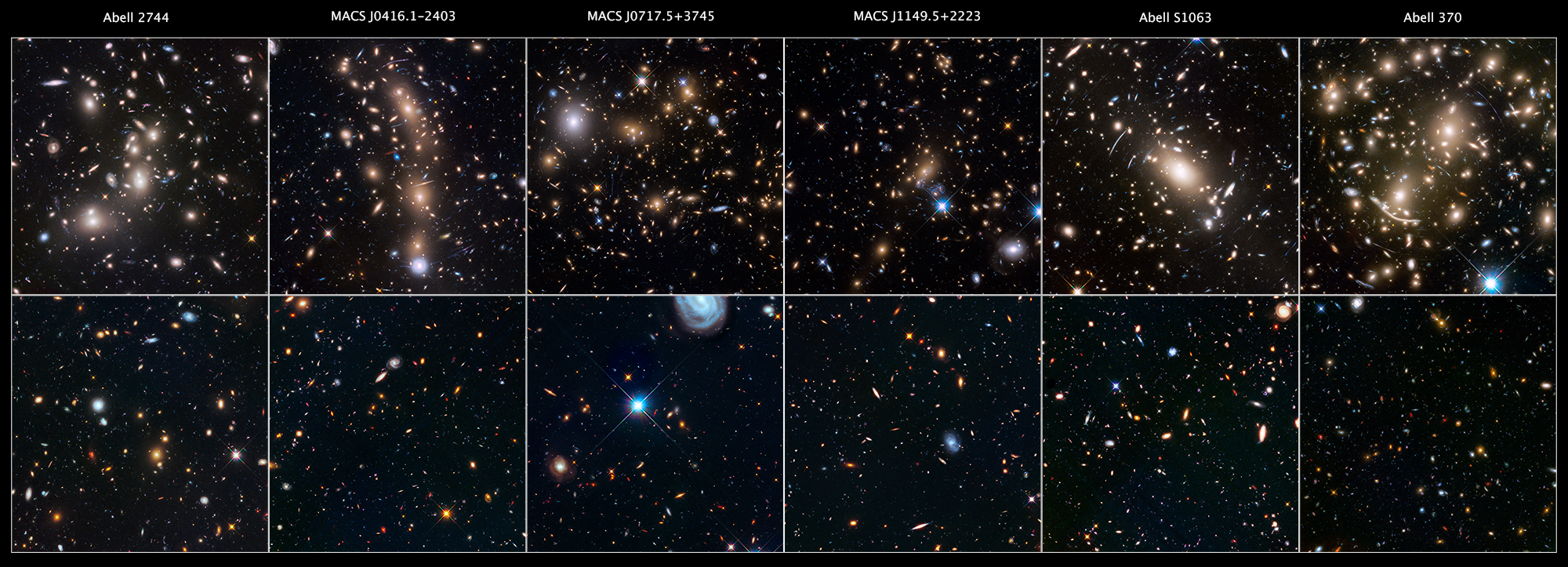Much like the eclectic group of space rebels in the upcoming film Guardians of the Galaxy Vol. 2, NASA’s Hubble Space Telescope has some amazing superpowers, specifically when it comes to observing innumerable galaxies flung across time and space.
A stunning example is a galaxy cluster called Abell 370 that contains an astounding assortment of several hundred galaxies tied together by the mutual pull of gravity. That’s a lot of galaxies to be guarding, and just in this one cluster!
Photographed in a combination of visible and near-infrared light, the immense cluster is a rich mix of a variety of galaxy shapes. The brightest and largest galaxies in the cluster are the yellow-white, massive, elliptical galaxies containing many hundreds of billions of stars each. Spiral galaxies — like our Milky Way — have younger populations of stars and are bluish.
Entangled among the galaxies are mysterious-looking arcs of blue light. These are actually distorted images of remote galaxies behind the cluster. These far-flung galaxies are too faint for Hubble to see directly. Instead, the cluster acts as a huge lens in space that magnifies and stretches images of background galaxies like a funhouse mirror. The massive gravitational field of the foreground cluster produces this phenomenon. The collective gravity of all the stars and other matter trapped inside the cluster warps space and affects light traveling through the cluster, toward Earth.
NASA's Goddard Space Flight Center/Katrina Jackson
Nearly a hundred distant galaxies have multiple images caused by the lensing effect. The most stunning example is “the Dragon,” an extended feature that is probably several duplicated images of a single background spiral galaxy stretched along an arc.

Astronomers chose Abell 370 as a target for Hubble because its gravitational lensing effects can be used for probing remote galaxies that inhabited the early universe.
Abell 370 is located approximately 4 billion light-years away in the constellation Cetus, the Sea Monster. It is the last of six galaxy clusters imaged in the recently concluded Frontier Fields project. This ambitious, community-developed collaboration among NASA’s Great Observatories and other telescopes harnessed the power of massive galaxy clusters and probed the earliest stages of galaxy development. The program reveals galaxies that are 10 to 100 times fainter than any previously observed.
Lee esta historia en español.





































